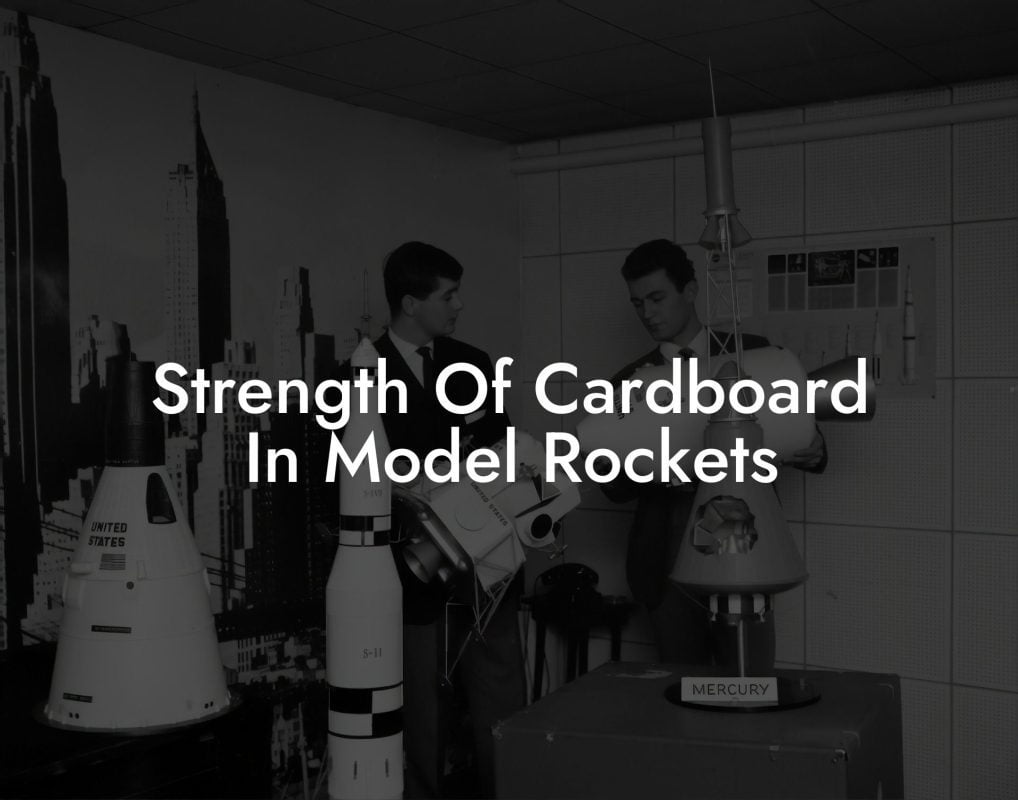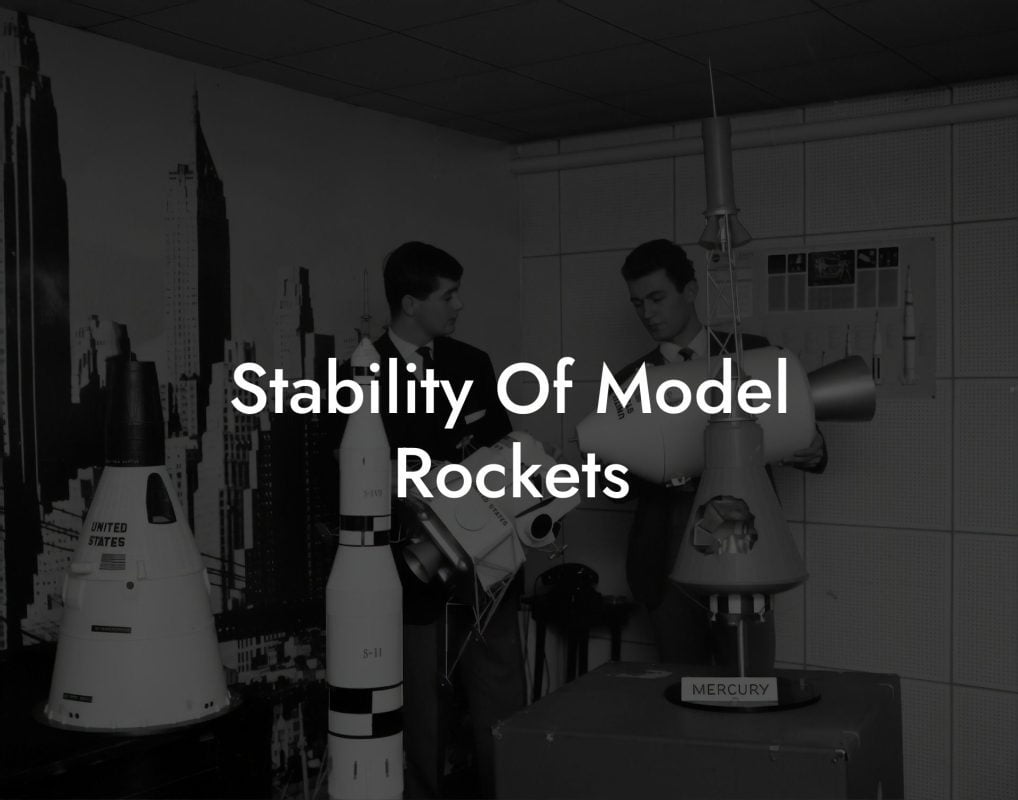Buckle up, space enthusiasts! Imagine designing, building, and launching your own payload model rockets, reaching for the stars and pushing the boundaries of innovation. Welcome to the world of payload model rockets, where creativity meets science, and the sky is no longer the limit.
Quick Links to Useful Sections
- What Are Payload Model Rockets?
- The Science Behind Payload Model Rockets
- Designing and Building Your Payload model rocket
- Rocket Design
- Materials Selection
- Payload Integration
- Electronics and Avionics
- Launching and Recovering Your Payload Model Rocket
- Launch Site Selection
- Launch Preparation
- Recovery Systems
- Real-World Applications of Payload Model Rockets
- Resources and community Support: Your Next Steps
- Frequently Asked Questions: Payload Model Rockets
What Are Payload Model Rockets?
Payload model rockets are a type of model rocketry that involves carrying a small payload, such as a camera, sensor, or even a tiny robot, into the sky. These rockets are designed to reach incredible heights, capture breathtaking footage, and collect valuable data, all while providing an exhilarating experience for the builders and spectators alike.
Unlike traditional model rockets, payload model rockets require a deeper understanding of aerodynamics, materials science, and electronics. They demand precision, creativity, and a passion for innovation, making them the perfect project for anyone looking to take their model rocketry skills to the next level.
The Science Behind Payload Model Rockets
Building a successful payload model rocket requires a solid grasp of fundamental scientific principles, including:
- Aerodynamics: Understanding how air resistance affects the rocket's trajectory and stability.
- Thermodynamics: Managing heat generated by the rocket's engines and ensuring the payload remains cool and functional.
- Electronics: Designing and integrating electronic systems to control the rocket's flight, communicate with the payload, and capture data.
- Materials Science: Selecting materials that can withstand extreme temperatures, vibrations, and G-forces.
By applying these scientific principles, you can create a payload model rocket that not only reaches incredible heights but also returns valuable data and insights.
Looking For The Best Model Rocket Kits? You'll Love These:
Designing and Building Your Payload model rocket
Building a payload model rocket is a challenging and rewarding project that requires careful planning, precision engineering, and attention to detail. Here are some key considerations to keep in mind:
Rocket Design
Choose a design that balances stability, aerodynamics, and payload capacity. Consider using computer-aided design (CAD) software to create a digital model of your rocket.
Materials Selection
Select materials that can withstand extreme temperatures, vibrations, and G-forces. Common materials include fiberglass, carbon fiber, and aluminum.
Payload Integration
Design a payload compartment that protects your payload during launch and flight. Ensure proper communication and power supply to the payload.
Electronics and Avionics
Design and integrate electronic systems to control the rocket's flight, communicate with the payload, and capture data. Consider using microcontrollers, GPS, and telemetry systems.
Launching and Recovering Your Payload Model Rocket
Launching a payload model rocket requires careful planning, preparation, and execution. Here are some key considerations to keep in mind:
Launch Site Selection
Choose a launch site with minimal air traffic, clear skies, and a safe distance from populated areas.
Launch Preparation
Conduct thorough safety checks, ensure proper rocket assembly, and perform a countdown sequence to ensure a smooth launch.
Recovery Systems
Design a recovery system that can withstand high speeds and deploy a parachute or other deceleration device to ensure a safe landing.
Real-World Applications of Payload Model Rockets
Payload model rockets have numerous real-world applications, including:
- Space Exploration: Testing new technologies and gathering data for future space missions.
- Environmental Monitoring: Collecting data on atmospheric conditions, weather patterns, and climate change.
- Disaster Response: Rapidly deploying payloads to assess damage and provide critical information during natural disasters.
- STEM Education: Inspiring students to pursue careers in science, technology, engineering, and mathematics (STEM).
By pushing the boundaries of payload model rocketry, you can contribute to groundbreaking research, innovation, and discovery.
Resources and community Support: Your Next Steps
Join a thriving community of payload model rocket enthusiasts, researchers, and innovators. Explore online forums, social media groups, and local clubs to connect with like-minded individuals, share knowledge, and learn from experts.
Take advantage of online resources, tutorials, and courses to improve your skills and stay up-to-date with the latest developments in payload model rocketry.
Participate in competitions, challenges, and hackathons to showcase your skills, collaborate with others, and push the boundaries of innovation.
Frequently Asked Questions: Payload Model Rockets
Here are some frequently asked questions about payload model rockets:
1. What is the highest altitude a payload model rocket can reach?
The highest altitude reached by a payload model rocket is approximately 36 km (120,000 ft).
2. How do I ensure the safety of my payload model rocket?
Follow safety guidelines, conduct thorough safety checks, and ensure proper rocket assembly and launch preparation.
3. What types of payloads can I carry on my model rocket?
You can carry a variety of payloads, including cameras, sensors, GPS devices, and even small robots.
4. How do I track my payload model rocket during flight?
Use GPS, telemetry systems, or radio frequency (RF) tracking devices to monitor your rocket's flight and retrieve data.
5. Can I use commercial off-the-shelf (COTS) components for my payload model rocket?
Yes, you can use COTS components, but ensure they meet the required specifications and can withstand the extreme conditions of launch and flight.
Looking For The Best Model Rocket Kits? You'll Love These:
Useful Interruption: Dive deeper into the world of Model Rockets with our most popular sections. If there is anything you think is missing or anything you would love for us to write about, just give us a shout.
- Getting Started & Basics With Model Rockets
- Model Rocket Design, Build & Customization
- Model Rocket Propulsion & Engine Technology
- Model Rocket Launch Techniques & Recovery
- Model Rocket Advanced Rocketry & Innovations
- Model Rocket DIY and Customization
- Model Rocket Equipment Reviews & Digital Tools
- Community, Competitions & Education
- Model Rocket Troubleshooting & FAQs
- Model Rocket Bonus/Seasonal & Niche Topics
A group of model rocket enthusiasts gathered at a field for their weekly launch event. Among them was Dave, a seasoned builder known for pushing the limits of hobby rocketry. This time, he had outdone himself.
“Ladies and gentlemen,” Dave announced, dramatically pulling a cloth off his latest creation, “I present to you: The Kraken!”
The crowd gasped. This wasn’t just a model rocket—it was a monster. The thing stood 8 feet tall, had six clustered engines, and was covered in enough duct tape to qualify as a classified aerospace project.
“Dave,” muttered Steve, the cautious safety officer, “Have you, uh… done the math on this?”
“Math?” Dave scoffed. “I built it in my garage at 3 a.m. with parts from eBay. This is an art piece, Steve.”
The countdown began.
5…
4…
3…
2…
1…
The engines ignited with a BOOM, and The Kraken shot up… kind of. It immediately did a violent barrel roll, narrowly missing the spectators before skyrocketing at an angle that could only be described as “legally questionable.”
The crowd collectively ducked as The Kraken flew straight over the adjacent cornfield, where Old Man Jenkins, the grumpiest farmer in town, was minding his business.
KABOOM!
The rocket disappeared behind the barn. A moment later, a flaming piece of Estes igniter wire landed at Steve’s feet. The silence was deafening.
And then—an unmistakable sound echoed across the field.
Jenkins’ shotgun being cocked.
“DAVE!!!” Steve shouted. “RUN.”
And that was the day Dave invented the first-ever biologically powered rocket booster: pure adrenaline.
To this day, nobody knows where The Kraken landed, but legend has it, it still haunts the skies, terrifying unsuspecting drones and low-flying birds.















